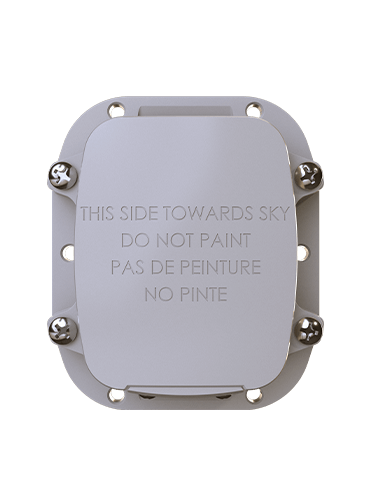Real-Time Communication in Disaster and Emergency Response
When disaster strikes, the most critical resource is often not equipment or supplies—it’s information. The ability to communicate in real time, track teams and assets, and coordinate responses across unstable or damaged environments is essential. In the wake of hurricanes, wildfires, earthquakes, or humanitarian crises, traditional terrestrial networks—cell towers, fiber lines, and power grids—are often the first to fail.
Satellite connectivity steps in when everything else falls apart, providing a reliable, infrastructure-independent method to support emergency response operations.For first responders, emergency personnel, and humanitarian aid organizations, situational awareness, interoperability, and real-time communication are non-negotiable. These professionals work in rapidly changing, high-risk environments where delays can cost lives and disorganization can create chaos. Satellite handheld devices are vital in enabling real-time visibility, coordination, and safety across disaster zones – regardless of geography or infrastructure status.
Connectivity When and Where It’s Needed Most
Disaster and emergency response environments are unpredictable, high-pressure, and often chaotic. In these moments, responders must operate without hesitation—making split-second decisions and coordinating across agencies, locations, and supply chains. Satellite handheld devices play a critical role by enabling real-time communication, GPS-based tracking, and seamless coordination in places where traditional networks don’t function.Here are just a few mission-critical use cases:Search and Rescue Operations
Time is the enemy in search and rescue. Whether locating individuals trapped under rubble or stranded by flooding, responders need precise, real-time location tracking to optimize rescue efforts. Satellite handheld devices with built-in GPS provide accurate geolocation and two-way communication—critical to situational awareness. These tools enable field teams to coordinate movements, report victim status, and navigate terrain without relying on damaged cellular infrastructure.Emergency Logistics and Supply Chain Tracking
During a crisis, supplies must reach the right place at the right time. Satellite-powered asset tracking devices offer real-time visibility into the movement of goods across fragmented or obstructed terrain. In these high-stakes conditions, software-agnostic platforms that integrate with existing logistics systems streamline efforts, reduce redundancy, and help teams prioritize based on live data—not outdated information.Restoring Communication in Disaster Zones
When natural disasters take down ground networks, LEO satellite systems become the lifeline. Their proximity to Earth enables faster data relay and compatibility with lightweight devices. These systems restore basic communication, allow for safety check-ins, and facilitate coordinated action long before terrestrial networks are rebuilt—ensuring interoperability across responders, agencies, and humanitarian teams.Key Differentiators That Drive Performance
The impact of satellite communication in emergencies is shaped by several strategic advantages:- Resilient by design: Devices function in extreme conditions, from remote terrain to weather-ravaged infrastructure.
- No heartbeat requirement: Track assets without constant pinging, preserving battery life and reducing data strain.
- Software-agnostic flexibility: Seamlessly integrate with existing platforms for a plug-and-play solution in multi-agency efforts.
- Rapid deployment: Tools are field-ready out of the box—no need for lengthy setup or technical support.
- Low-power operation: Devices are built for longevity in the field when recharging isn't an option.
Globalstar: Proven, Scalable, and Ready
Reliable communication. Long-lasting power. True interoperability. Globalstar delivers what matters when every second counts.With over 30 years of experience, Globalstar offers field-proven satellite connectivity solutions trusted across public safety, disaster response, and humanitarian missions. Our network enables real-time tracking, communication, and coordination in the most challenging environments—and our infrastructure, affordability, and global footprint make us the practical choice for teams on the front lines.This blog is the fourth in our series highlighting the essential role of satellite connectivity in mission-critical field operations. Stay tuned for our final installment on satellite-powered corporate asset and equipment tracking—enhancing security, visibility, and operational control at scale.
 SmartOne Solar
SmartOne Solar SmartOne C
SmartOne C STX3
STX3 SPOT X
SPOT X SPOT Gen4
SPOT Gen4 SPOT Trace
SPOT Trace